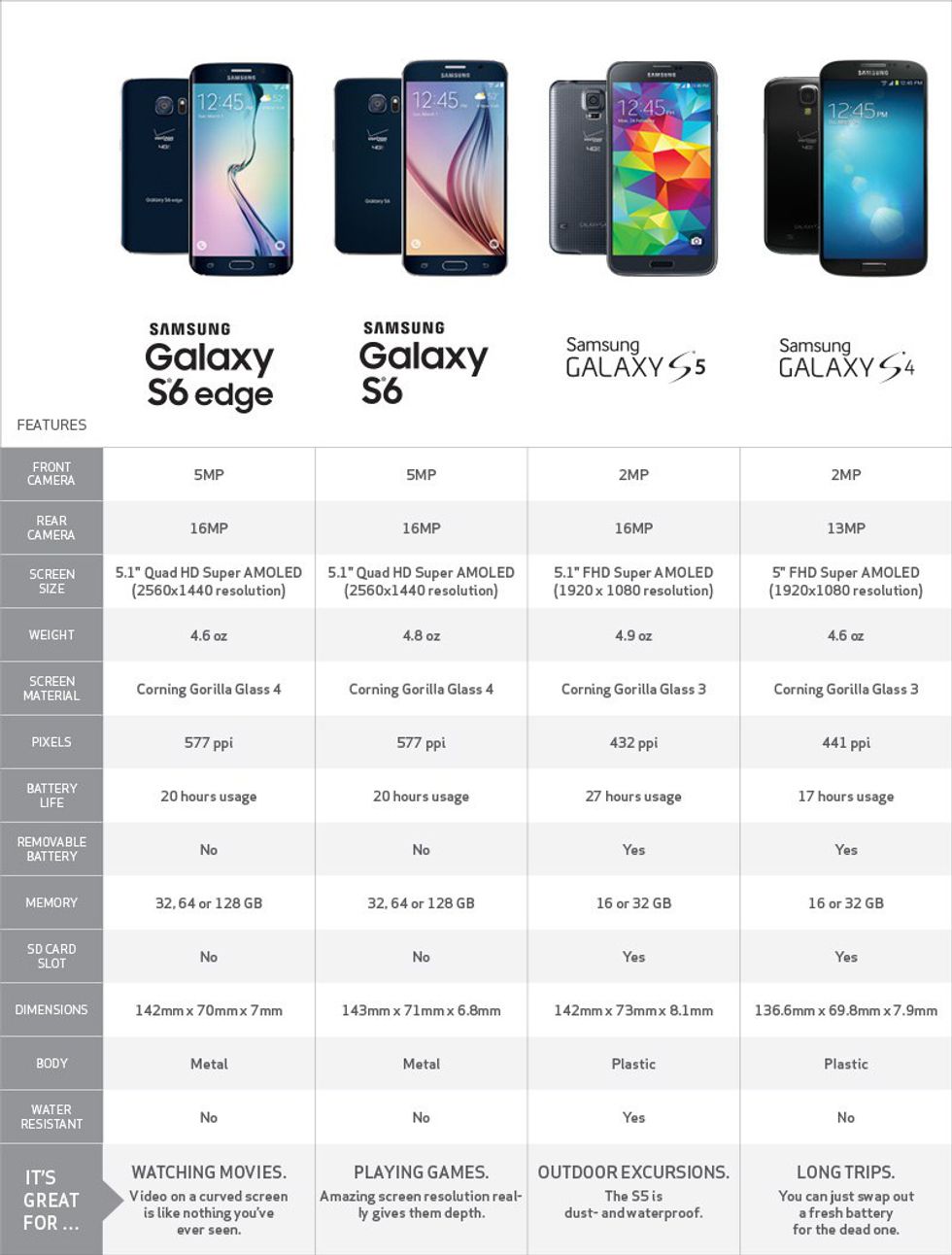I’ve been fascinated by the smartphone industry ever since it took off about five years ago. As the 2016 Android flagship phones begin to roll out, I find myself eagerly waiting to see which manufacturer will produce the most innovative smartphone for 2016. The industry has been hard-pressed in the last two years to produce anything that's truly innovative, yet they still market devices with an emphasis on planned obsolescence. I believe that this trend is ultimately harmful to the industry and consumers, as it seems to limit innovation.
For the most part, the smartphone industry has all but stagnated. Most Android phones do pretty much the same thing. They all sport roughly similar chipsets, cameras, and batteries. The actual Android operating system is tweaked from carrier to carrier, but it still maintains the same functionality. The same is also true across model years for individual manufacturers.
Take Samsung for example. Their Galaxy S4, S5, and S6 (and edge variants) have seen very small technological leaps forward. The S5 and S6 maintained the same 16-megapixel camera and the S4 supported a 13-megapixel camera. To most casual users, there is not a huge difference in functionality. Samsung’s last three market cycles have yielded more superficial changes than technological innovations and this trend seems to be carried through the market. Despite this, manufacturers continue to market their phones as cutting edge with little hardware improvement overall.
Most phones have slightly more powerful processors and cameras and slightly bigger screens and batteries each year, yet we see no real differences in model years. Several of my friends are using Galaxy S4’s with the same functionality as those with S5’s or S6’s. Simply put, the smartphone market has become one of planned obsolescence simply because it could.
There are some markets where planned obsolescence makes sense. It seems perfectly reasonable that an automobile will break down after a decade or so of use when the machine is subjected to the strain of the road. While I am neither a computer nor an automobile expert, I’d wager that both machines are equally complex. However, a smartphone is not subject to the same physical strain as a car. In the approximately two-year life cycle of a smartphone, very little degrades enough to justify an upgrade to a more powerful device. A two-year-old phone may function slightly slower, but even that gap has been bridged in recent years. Barring a shattered screen or a malfunctioning component, there is really no reason to upgrade every one to two years. Nevertheless, consumers seem to drool over the slightly enhanced tech every year.
I will admit that I am guilty of this. I have spent more than a few hours contemplating if I really wanted to upgrade my Samsung Galaxy S5 to the LG G5. While the latter has a gaggle of new features that position it to be the first truly innovative smartphone in at least two years, the former is serving me with only a few hiccups, making the upgrade fiscally irresponsible. Despite my best efforts, I have fallen prey to the industry’s marketing campaigns, although I am more aware of it than others.
If the smartphone industry is to truly progress, the consumers must challenge manufacturers to design better devices. Do not upgrade needlessly. Stick with the same device if it is functioning reasonably well. Only purchase a new device if it has a feature that you truly feel is necessary or if it is a strong replacement for your current device. It is as much the consumer’s responsibility to keep the industry moving forward as it is the manufacturer's.

























